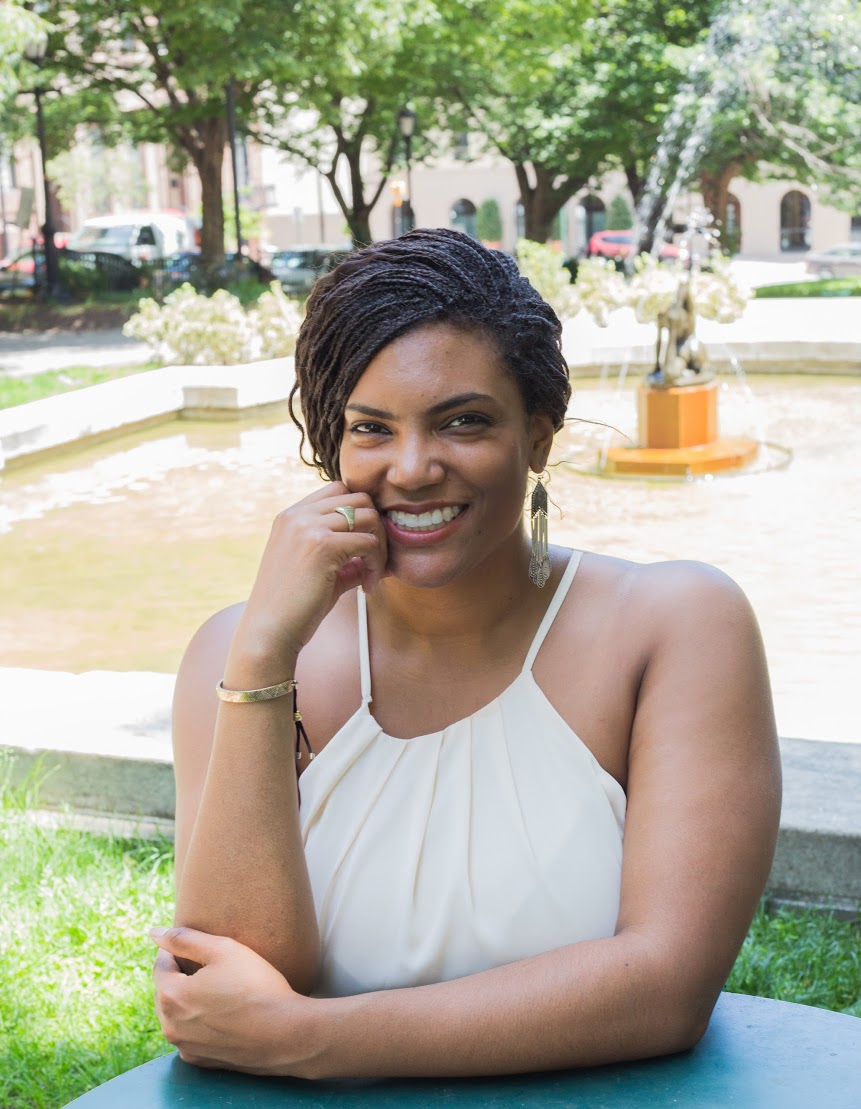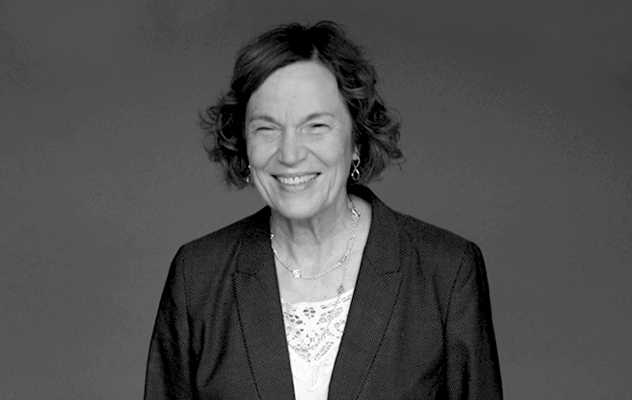Violence against women is on the rise.
In the U.S. 3 to 4 million women are abused, and more than 1,500 are killed by their abusers each year. Worldwide 35 percent of women have experienced physical and or sexual violence at some point in their lives. In the worst cases women, and sometimes even their children, could be killed. But how do we know who is at the greatest risk?
Enter Jacquelyn Campbell, PhD, RN, FAAN and the Danger Assessment, a tool she created that helps to determine the likelihood an abused woman has of being killed by her current or ex intimate partner. She’s presenting the tool as part of “Precursors to Violence: Identifying, De-escalating, and Reducing Women’s Risks,” a Sigma panel session parallel to the UN Commission on the Status of Women. Also during the panel Laura Dzurek will speak to how to identify and understand bullying behavior and Chen Clancy will discuss how to de-escalate the behavior.
Dr. Campbell’s Danger Assessment tool will address the segment on how to statistically determine a woman’s personal risk level for life-threatening physical violence. But what exactly is the Danger Assessment and how does it work?
“The Danger Assessment is quintessentially nursing,” writes Dr. Campbell. It is an instrument that includes 20 questions about risk factors for femicide, such as abuse during pregnancy, forced sex, suicidality, strangulation and more, and documents injuries sustained. The tool provides a calendar to help identify frequency of abuse and shares resources for abused women to learn about shelters, family justice centers, and medical advocacy.
Dr. Campbell developed the Danger Assessment in 1986 based on her extensive research and experience working with women who experienced intimate partner violence. To date there are about 1000 people trained to administer the test (including law enforcement, health care professionals, and domestic violence advocates) in every state except Mississippi and Idaho—and in 9 foreign countries: Canada, Mexico, New Zealand, Australia, Portugal, UK, South Africa, Brazil, and Zambia. The test has been modified for immigrant women, indigenous women, and women in same-sex relationships. It has also been incorporated into the myPlan app, developed by Nancy Glass, that helps women experiencing intimate partner violence create a safety plan.
Now more than ever, we must be vigilant of the precursors to violence against women. In April 2018 the Department of Justice’s Office on Violence Against Women made significant changes to the definition of domestic violence, casting it as an exclusively criminal concern. Often survivors do not report an abuser’s crimes, and the previous definition included additional critical components to recognize psychological abuse and manipulative behaviors that foreshadow physical abuse. It is critical that we recognize incivility, bullying, and threats of violence—and learn how to de-escalate and statistically predict when we must intervene, to keep women safe.
For her work with the Danger Assessment, and all the lives she has touched throughout her incredible career, Dr. Jacquelyn Campbell was named both a Living Legend and an Edge Runner by the American Academy of Nursing in 2018.
You can become certified to administer the danger assessment www.dangerassessment.com
Read more:
- Jacquelyn Campbell: We Got This
- Johns Hopkins School of Nursing’s Jacquelyn Campbell to Speak on Domestic Violence During Sigma Session for the UN Commission on the Status of Women
- Johns Hopkins School of Nursing Professor Jacquelyn Campbell Receives Most Prestigious Awards in Nursing

ABOUT THE AUTHOR: SYDNEE LOGAN
Sydnee Logan is the Social Media and Digital Content Coordinator for Johns Hopkins School of Nursing. She shares what’s going on here with the world.

